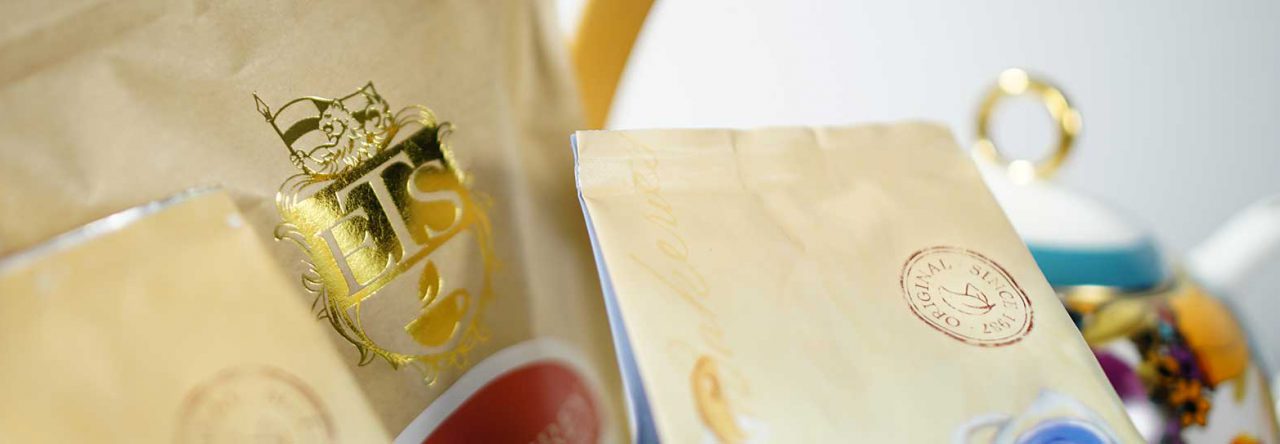 Are you in hot water? By that, I mean, “How do you heat your water for making tea?” Tea experts have told us that boiling water is the best way to get the richest, most flavourful tea, and that piping hot water is the way to rapidly infuse the tea leaves with moisture so as to coax them to release their hidden flavours.
Are you in hot water? By that, I mean, “How do you heat your water for making tea?” Tea experts have told us that boiling water is the best way to get the richest, most flavourful tea, and that piping hot water is the way to rapidly infuse the tea leaves with moisture so as to coax them to release their hidden flavours.
We’re all familiar with the ubiquitous stove-top water kettle; these devices can be an inexpensive aluminum vessel with or without a whistle that activates when the steam pours forth from the spout where the whistle lives, or they can be expensive, stainless-steel and copper kettles that look beautiful on the stove in between times of boiling water. The one down-side to using a stovetop kettle is that you’re limited by the heat your stove burner produces and how rapidly your burner heats up. I recently boiled a tea kettle at a friend’s home on the stovetop and was amazed at how LONG it took to make my cuppa – and according to her husband, I chose the burner that was “super-quick.”
Another option is the electric kettle. I had a small, inexpensive electric kettle for several years and although it lacked any bells and whistles, it sufficed to boil water. I didn’t realize exactly how Stone Age it was until my parents visited and declared our kettle to be “substandard and worthy of being replaced.” They promptly purchased us an electric kettle that is now the standard by how we judge other means of boiling water.
One feature to look for is an auto-shut-off. Our kettle has this feature and it prevents several things – over-boiling the water, potentially forgetting about the kettle and allowing it to run dry (and thus destroying the kettle or starting a fire), or causing it to bubble over, spill water on the counter by the electrical outlet where the kettle is plugged in. I consider the auto-shut-off to be a non-negotiable in electric kettles at this point.
Another aspect we like is that our kettle pops off its heating-base to pour – we don’t drag the cord with us and battle it as we attempt to pour the hot water.
 Some electric kettles also have water-filtration devices inside of them; this is useful for us because we have a well. And our area is notorious for having iron-and-mineral-rich water (i.e., very hard water), so filtering out more of those compounds is useful.
Some electric kettles also have water-filtration devices inside of them; this is useful for us because we have a well. And our area is notorious for having iron-and-mineral-rich water (i.e., very hard water), so filtering out more of those compounds is useful.
You might think that an electric kettle uses much more electricity than boiling a kettle of water on the stove; we have an electric range, and it takes much longer to boil water that way than via the electric kettle. My friend, whom I mentioned earlier, has a gas stove and my kettle is faster, as well. I’m convinced our kettle saves money by how rapidly it boils water and by virtue of its auto-shut-off.
We truly enjoy the convenience of our electric kettle, and although much of what I do in the kitchen is a bit “old school,” I don’t want to go back to stovetop-kettles. I love that I can hit a button on my electric kettle and go about my business, knowing it will shut off when the water has boiled, and my tea will be delicious from the proper water-temperature infusion.
Check out Sue’s blog, A Mother’s Heart, to read more of her great writing!
[Editor’s note: Our blog is chock full of great articles on this topic. Use our search feature to find them!]
© Online Stores, Inc., and The English Tea Store Blog, 2009-2014. Unauthorized use and/or duplication of this material without express and written permission from this article’s author and/or the blog’s owner is strictly prohibited. Excerpts and links may be used, provided that full and clear credit is given to Online Stores, Inc., and The English Tea Store Blog with appropriate and specific direction to the original content.



Leave a reply to Traveling Light « Tea Blog Cancel reply